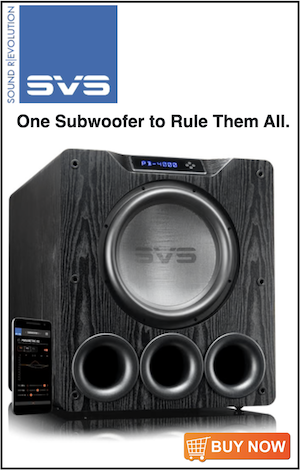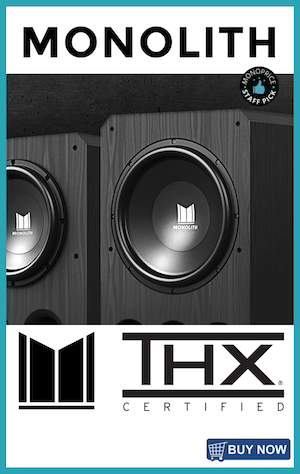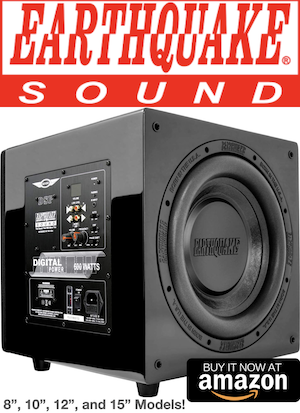To be perfectly clear, I'm NOT talking about multiple subs vs. one sub - I understand that's a separate issue and merits its own discussion.
What I'm curious about is whether having two subs in stereo is preferable to having two subs with a mono derived signal. That is: is there enough stereo content in recordings to matter, and even if so, will it make a difference in room?
What I currently have is none of the above. I am using a DSP to sum the stereo signal from my system and send a mono signal to a bridged Crown XLS and thence to a Dayton Ultimax 18" sub unit. It is currently crossed over at 60 Hz with L-R 24dB filters on both the mains and the sub. I cannot hear any localization cues from the sub, so I believe 60 Hz is below my threshold for hearing directional information. The system really sounds good to me as it is currently configured; I've taken the time to position, EQ and time align the sub and I'm not noticing any specific issues such as irregular bass response, etc. The response in my 2000 cubic foot room from about 100 Hz down to ~15 Hz measures pretty flat with both sweeps and pink noise at the listening position.
However, I am curious as to whether I'm losing anything musically by mixing the low frequency signal to mono and sending it to a single sub. Most of my music is rock, jazz and classical (I originally added the sub for listening to organ recordings), and all from digital sources - but very little of it is newly recorded. There does not seem to be a consensus as to whether the extreme lows are mixed to mono already on most commercial recordings except for those already mastered for LPs.
I have no easy way to add another sub just for the purpose of testing this - especially a matching unit! My HT system does have an old M&K 15" sub I could borrow but I question whether hooking it in would do much but confuse the issue. So I'd like to hear from the forum denizens - am I likely to hear any useful differences just from having stereo below 60 Hz? Depending on what I hear, I can either start thinking about a second sub or discard the notion as being of little benefit. Again, this is a separate notion from the benefits of adding multiple subs to improve room response; I don't think adding a sub for that purpose is likely to help much in my small room since the LF response is satisfactorily smooth already.
What I'm curious about is whether having two subs in stereo is preferable to having two subs with a mono derived signal. That is: is there enough stereo content in recordings to matter, and even if so, will it make a difference in room?
What I currently have is none of the above. I am using a DSP to sum the stereo signal from my system and send a mono signal to a bridged Crown XLS and thence to a Dayton Ultimax 18" sub unit. It is currently crossed over at 60 Hz with L-R 24dB filters on both the mains and the sub. I cannot hear any localization cues from the sub, so I believe 60 Hz is below my threshold for hearing directional information. The system really sounds good to me as it is currently configured; I've taken the time to position, EQ and time align the sub and I'm not noticing any specific issues such as irregular bass response, etc. The response in my 2000 cubic foot room from about 100 Hz down to ~15 Hz measures pretty flat with both sweeps and pink noise at the listening position.
However, I am curious as to whether I'm losing anything musically by mixing the low frequency signal to mono and sending it to a single sub. Most of my music is rock, jazz and classical (I originally added the sub for listening to organ recordings), and all from digital sources - but very little of it is newly recorded. There does not seem to be a consensus as to whether the extreme lows are mixed to mono already on most commercial recordings except for those already mastered for LPs.
I have no easy way to add another sub just for the purpose of testing this - especially a matching unit! My HT system does have an old M&K 15" sub I could borrow but I question whether hooking it in would do much but confuse the issue. So I'd like to hear from the forum denizens - am I likely to hear any useful differences just from having stereo below 60 Hz? Depending on what I hear, I can either start thinking about a second sub or discard the notion as being of little benefit. Again, this is a separate notion from the benefits of adding multiple subs to improve room response; I don't think adding a sub for that purpose is likely to help much in my small room since the LF response is satisfactorily smooth already.











